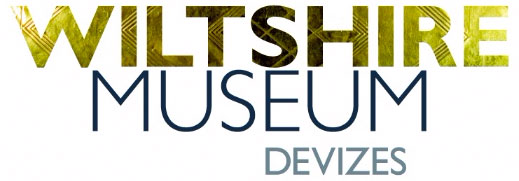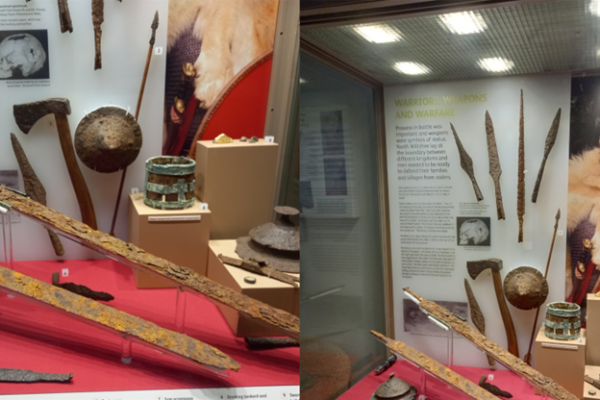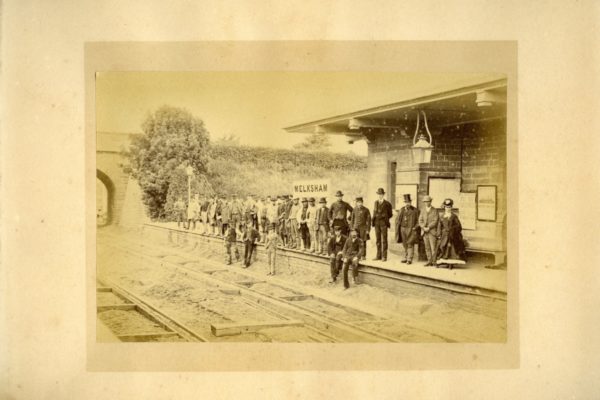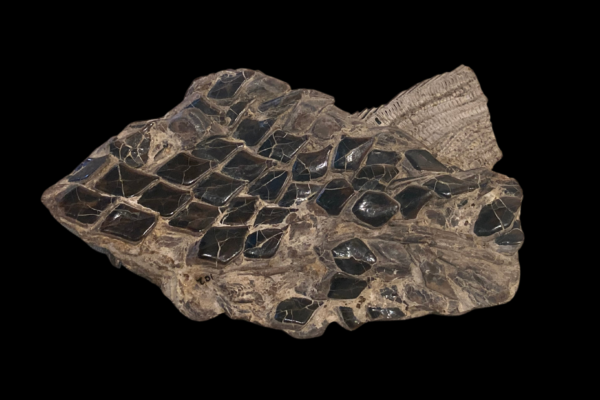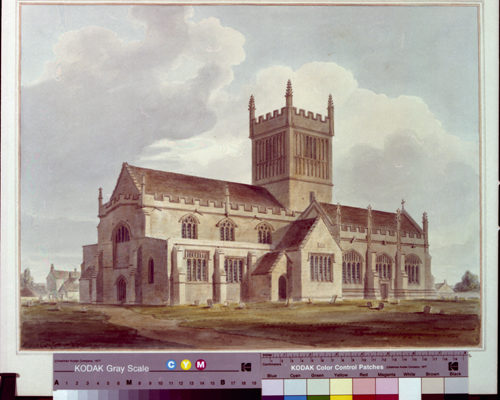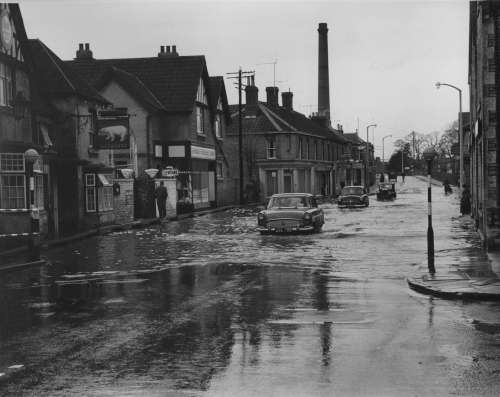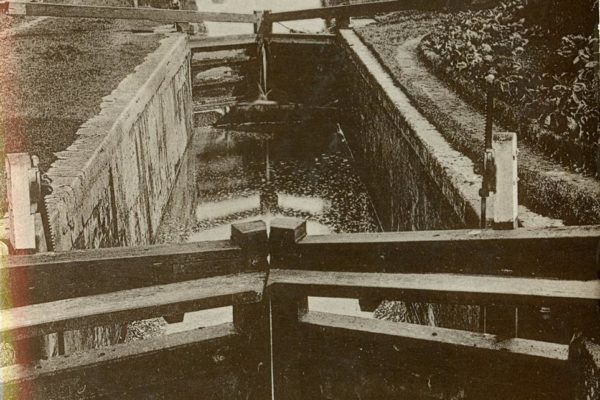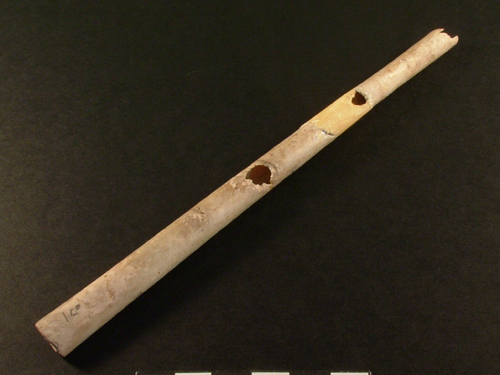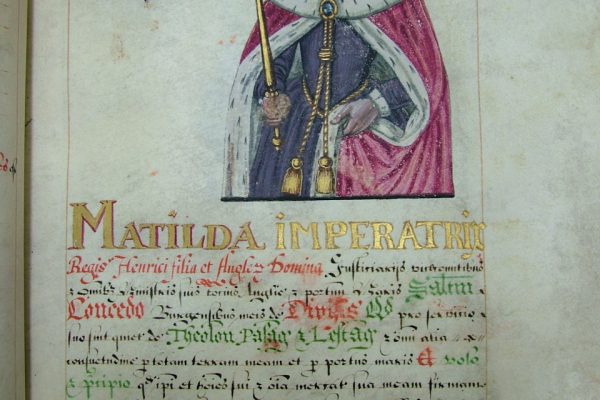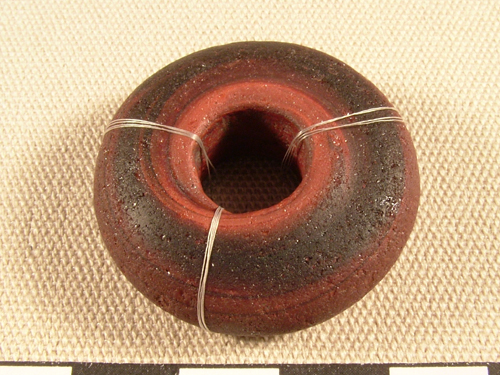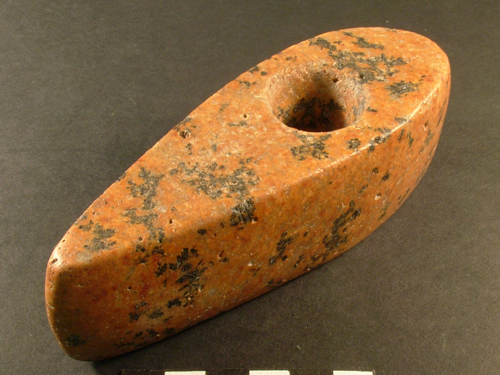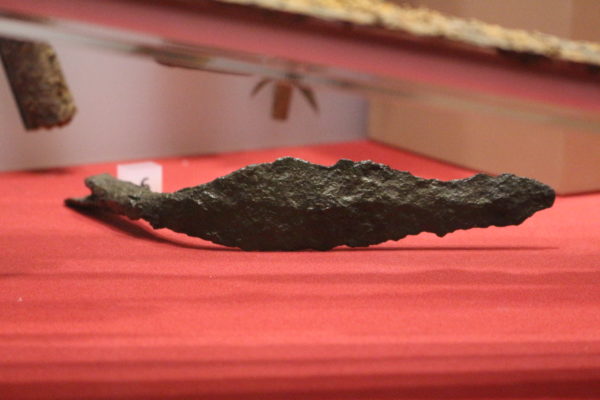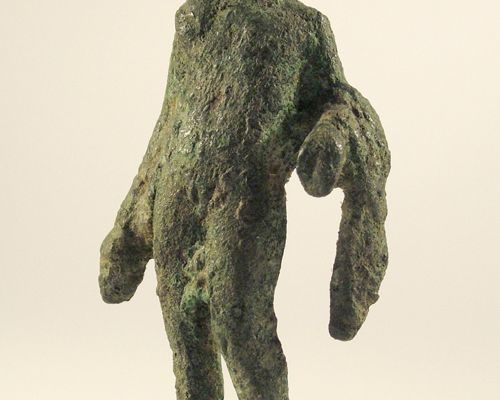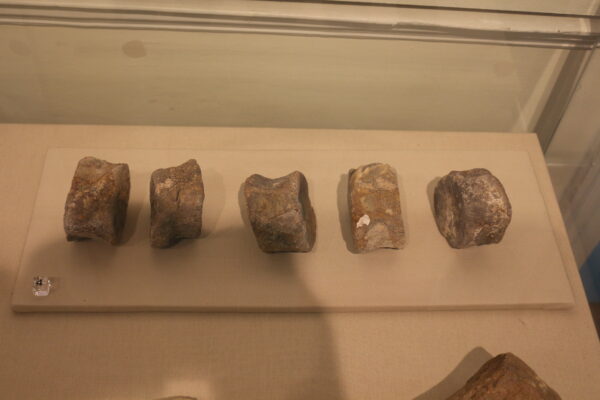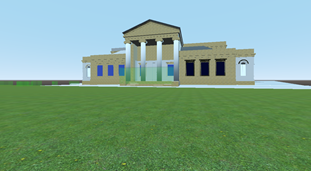What's on Offer

Museum Youth Panel
Our Youth Panel work on a variety of projects at the Museum. It's a great way to meet new people and get involved in heritage & history.
Their work includes:
-
- Creating new interactives for the galleries
- Organising events for the museum
- Giving opinions & guidance on development plans
We have very limited spaces on our panel but expect to have more in early 2024.
The panel meet on the 1st and 3rd Saturday of each month between 1-3pm at the Museum. If you are interested in joining the youth panel, please email hello@wiltshiremuseum.org.uk

Duke of Edinburgh Award
In 2024 and 2025 our Duke of Edinburgh Award opportunities are linked to our Youth Panel.

Work Experience
We will be hosting more opportunities in 2025, this will likely be across one week in June.
Please click here to apply. Or contact hello@wiltshiremuseum.org.uk.
Student Work
Exploring the Collections
-

Saxon Weaponry
Read moreHello, I’m Kahlen Robinson and I’ve been volunteering at the Wiltshire Museum for several months, and these are some of the items I have found
Comments off -

Photograph of Melksham Train Station
Read moreStudent volunteer Anna takes a look at Melksham railway station.... During the 19th Century Melksham, there was a significant influx of businesess and businessmen
Comments off -

Great Chalfield Manor – Melksham
Read moreStudent volunteer Anna explores the Great Chalfield Manor in Melksham. Photographs of the Manor are held within our Archive. Great Chalfield Manor and the connecting
Comments off -

Tinted lithograph of Melksham Town Hall and Cheese Market
Read moreStudent volunteer Anna takes a look at Melksham's Cheese Market... DZSWS:1982.7616 Built in 1847, the Melksham Town Hall has been the municipal building in the
Comments off -

Jurassic Period – Lepidotus fossil
Read moreThis stunning fossil is of a Lepidotus minor, from the Jurassic period. Fish were slightly different then to the ones you would see today, they
Comments off -

John Buckler watercolours of St Michael’s Church – Melksham
Read moreVolunteer Anna takes a look at one of our local churches... Like most churches, St Michael’s Church has a rich history and its architecture is
Comments off -

Collection of Melksham photographs
Read moreVolunteer Anna has taken an indepth look at one of her local towns, Melksham. She has discovered photographs of the area in our archive. Melksham,
Comments off -

Kennet and Avon Canal at Seend
Read moreVolunteer Anna takes has underaken research into Seend and the Kennet and Avon Canal.... The Kennet and Avon Canal which runs past Seend, was built
Comments off -

Holy Cross Church, Seend
Read moreStudent volunteer Anna takes a look at Holy Cross Church in Seend... Holy Cross Church, is a Grade 1 listed church (in 1962), funded by
Comments off -

Bone of crane flute
Read moreThis fascinating artefact is a Bronze Age bone flute excavated by William Cunnington from bowl barrow Wilsford G23. The flute was found with the primary
Comments off -

The Anarchy – Princess Matilda
Read moreFor Local History month, volunteer Sasha has taken a look into the complex history of Empress Matilda, who had an important role in Devizes' history
Comments off -

Red Glass Bead
Read moreThis red glass bead was found in a Bell Barrow at Wilsford, found in the corner of a display, it may seem unremarkable but really
Comments off -

Tourmaline axe-head
Read moreVolunteer Olly gives us an insight into one of his favourite objects in the Museum... This beautiful artefact is a perforated axe-head of tourmaline granite,
Comments off -

A Local Tale: The Robber’s Stone
Read moreImages in our collection of the Robbers Stone, parish of West Lavington. Volunteer Tabitha tells of a gruesome Wiltshire story... On the A360 of West
Comments off -

Spearhead (Bent)
Read more1 iron spearhead, blade flat, bent at right angles to split socket, found on Rushall Down, Rushall, Wiltshire. The people we call Anglo-Saxons * were
Comments off -

Iron Halberd
Read moreThis iron halberd head was found at foot of Morgan’s Hill, Roundway, Wiltshire, which is the site of the battle of Roundway Down, 1643, stamped
Comments off -

Bronze statuette of Mercury
Read more1 small bronze statuette of Mercury, found at Ashton Keynes, Wiltshire. The earliest large-scale statues had very simple forms driven by their manufacture, known as
Comments off -

5 Fossilised Plesiosaur vertebrae
Read moreThese 5 Fossilised Plesiosaur vertebrae, found at the Kimmeridge Clay, are from the Jurassic period. They were found in the Great Western Railway Works, Swindon,
Comments off
Blogs
“Why did I decide to Volunteer?”
“As part of my Silver Duke of Edinburgh’s award, I chose to volunteer here at the museum. I enjoy history and volunteering at the museum has allowed me to explore about the amazing artifacts found in our area and even discover why certain practices or objects have been used or buried by people from our past.
Part of my volunteering has been writing articles about objects that people might miss or skip over normally, and going into depth about why they were so significant at their time. Doing this has allowed me to learn more about our history and how we have evolved over time, as well as how different cultures have mixed with ours to influence our ancestors and eventually create the familiar principles and beliefs we know today. Having had the time to look around the museum myself, writing and researching the objects within has given me the opportunity to be curious (possibly I’m just naturally nosy?) and ask questions such as: where did the object originate?; why was a particular component was used?; who would have influenced this?; what it was used for?; when was it introduced? However, volunteering has also given me the means to sate this curiosity and to share with others what I have discovered, (hopefully!) interesting them as well.
I also help with front of house, learning how the till works (but not handling cash because I’m under 16 (Year 10)), how I should greet people visiting and helping out with the shop. Understanding how to restock the shop and how the balance of items sold and the order of new stock works has helped me to be aware of how shops work and appreciate more what goes on behind scenes in the real world and in the museum that I visited as a child. Despite the prospect of doing stock seeming boring, I enjoyed the process as it felt like I had contributed towards the museum more than usual (also I felt really quite important holding the clipboard!).
Volunteering here has made me feel as though I am doing something for the community, – despite also feeling, quite selfishly, very, very pleased with myself for being a better person – as well as helping the staff here at the museum, and it is something I look forward to each week, telling my friends about what I do here with a smile on my face. So, yes, volunteering is definitely a great idea and everyone who is thinking about it should get involved, not just here at the museum, but anywhere.”
Sasha Minnis, Duke of Edinburgh Student
“Our names our Joe, Tom and Aidan. We have been volunteering at the Wiltshire Museum for around 3 months now. Over this time we have been working on projects and learning more about the items in the museum.
Joe has been writing articles for the museum’s website including ones about throwing axes and fossilised plesiosaur bones. Tom and Aidan have been creating a digital interactive experience on PowerPoint to be placed in the museum. Over this time, we have had many ups and downs such as the PowerPoint failing to work an innumerable amount of times! The Museum has helped us in many ways over our time here such as guiding us through what to do on our PowerPoint and providing us with an enjoyable time at the museum. Joe has also been lucky enough to learn all about the museum and it wonderful artefacts.
While we may have only spent around 3 months at museum so far – we do plan to keep volunteering here and continue our help over at the museum even while it may not be for our dofe award so that we are able to expand our knowledge of our local heritage.”

